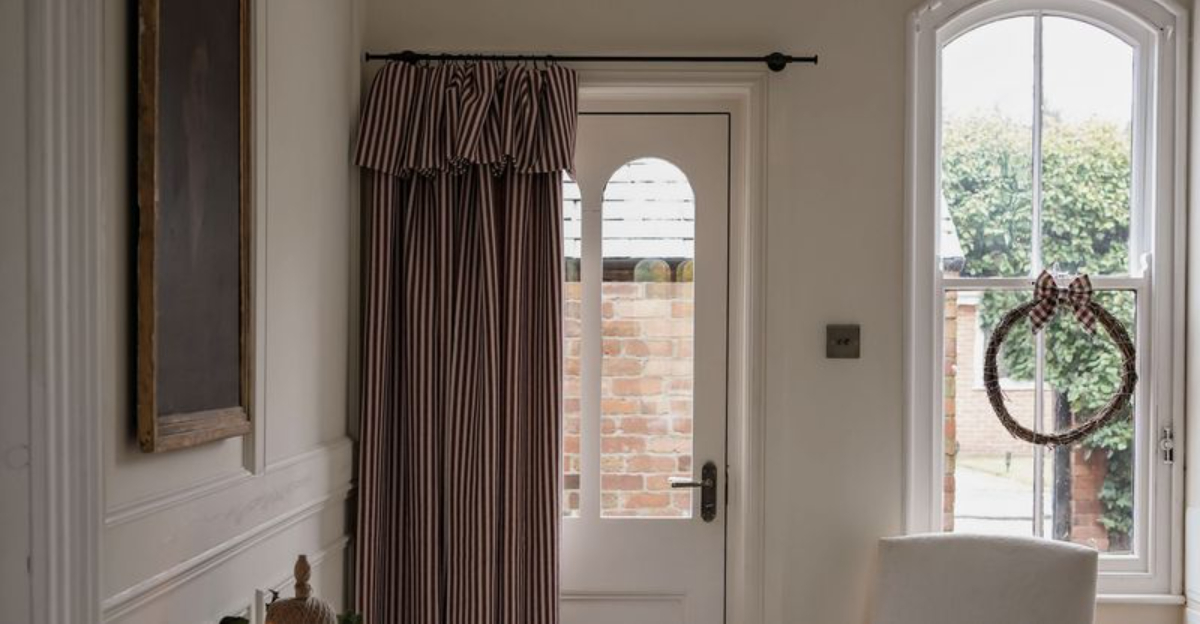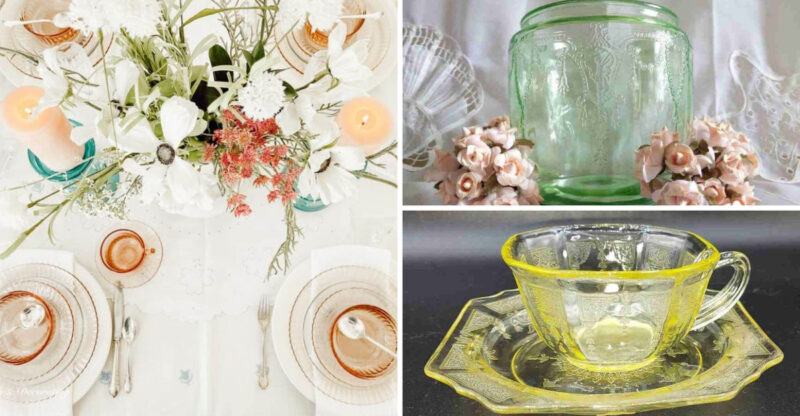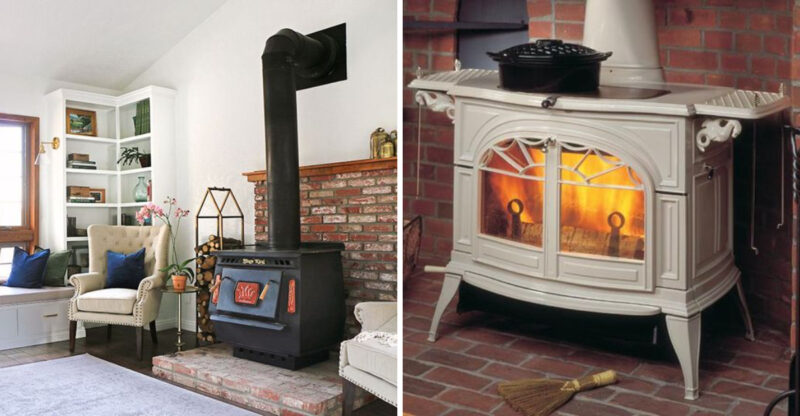The Stylish Front Door Trick In Alaska That Keeps Your Home Toasty All Winter

Frost creeps across the glass, and the air outside feels sharp enough to sting. Inside, warmth becomes a precious thing worth protecting. In the far north, where winter lingers longer than most, even the smallest design choices matter.
Homeowners in Alaska have discovered that comfort doesn’t have to come at the cost of style. A simple curtain hung across the front door turns an ordinary entryway into a cozy barrier against the cold, blending practicality with quiet elegance.
1. Why Your Front Door Feels Drafty
Cold air finds its way inside through tiny gaps around door frames, under thresholds, and even through keyholes. Even well-sealed doors can lose heat when opened frequently or when weather stripping wears down over time.
Temperature differences between inside and outside create pressure that pulls cold air inward. This constant battle between warm and cold air makes entryways the coldest spots in most homes during harsh winter months.
2. The Thermal Curtain Trick
Hanging a thick curtain directly over your door creates an extra barrier that traps air between the fabric and the door surface. This pocket of still air acts like a blanket, reducing heat loss significantly.
The curtain also blocks cold drafts that slip through cracks before they reach living spaces. Many Alaskan families swear by this affordable method, which works alongside regular insulation efforts to maintain indoor comfort throughout brutal winters.
3. What Designers Recommend
Professional designers suggest choosing curtains that extend beyond the door frame on all sides to maximize draft protection. Floor-to-ceiling coverage prevents cold air from sneaking around the edges.
Neutral colors and classic patterns help the curtain blend seamlessly with existing décor rather than looking like an afterthought. Designers emphasize that function and beauty can coexist when homeowners select materials thoughtfully and install hardware that complements their entryway style.
4. Best Fabrics For Warmth
Velvet, wool, and fleece-lined materials offer excellent insulation properties while adding texture and depth to entryways. Thermal-backed fabrics specifically designed for energy efficiency provide even better protection against cold.
Layered curtains combining a decorative outer panel with a functional thermal lining deliver both style and performance. Heavier fabrics naturally resist air movement better than lightweight options, making them worth the investment for homes in extremely cold climates.
5. How To Hang The Curtain
Mount a sturdy curtain rod several inches above the door frame to allow fabric to drape properly and cover the entire opening. Use wall anchors or studs to support the weight of heavy thermal curtains.
Position the rod far enough from the door so the curtain hangs without interfering with door operation. Some homeowners prefer tension rods for renters’ convenience, though permanent fixtures offer better stability for heavier materials and daily use.
6. Covering The Door Frame
Extending curtain coverage beyond the door frame prevents cold air from circulating around the edges where heat loss commonly occurs. Adding several extra inches on each side creates a more effective thermal seal.
The curtain should reach the floor or even puddle slightly to block drafts that creep underneath. This comprehensive coverage transforms the entryway into a proper airlock, keeping cold air contained before it spreads throughout the home.
7. Handy Curtain Features
Magnetic closures along curtain edges seal gaps automatically when released, making daily use more convenient. Tie-backs keep the curtain open during warmer parts of the day or when welcoming guests.
Built-in grommets or reinforced hems prevent tearing from frequent handling and weight stress. Some curtains include clear vinyl panels at eye level, allowing homeowners to see visitors before opening the door while maintaining insulation benefits throughout the day.
8. Style Ideas For Your Entryway
Choose curtain colors that complement wall paint and flooring to create a cohesive look rather than an obvious add-on. Patterns like subtle stripes or geometric designs add visual interest without overwhelming small entryway spaces.
Coordinate curtain hardware finishes with door handles, light fixtures, and other metallic accents for a polished appearance. The right curtain becomes a decorative focal point that enhances the entryway while quietly performing its essential insulation duties.
9. Warm And Stylish At Once
Achieving both warmth and beauty requires balancing practical needs with aesthetic preferences. Rich textures like velvet or tapestry fabrics bring luxury to functional spaces while providing superior insulation.
Seasonal adjustments let homeowners swap lighter curtains during brief summer months and reinstall thermal versions when temperatures drop. This flexibility keeps entryways looking fresh year-round while maintaining energy efficiency when it matters most during Alaska’s long, frigid winters.
10. A Cozy And Energy-Smart Finish
Combining a thermal door curtain with proper weather stripping and door sweeps creates a comprehensive defense against cold air infiltration. This layered approach reduces heating costs noticeably over time.
The immediate comfort improvement makes the small investment worthwhile beyond just energy savings. Families appreciate warmer entryways that no longer feel like stepping into a freezer, proving that simple solutions often deliver the most satisfying results for everyday living.






